The world of radio communication encompasses various types of radios, each with its own unique purposes, licensing requirements, frequency ranges, power capabilities, and use cases. In this blog, we'll delve into the specifics of Ham Radio (Amateur Radio), CB Radio (Citizens Band Radio), and HF Radio (High Frequency Radio), providing a comprehensive comparison to help you understand their distinctions and applications.
Ham Radio (Amateur Radio)
Purpose: Hobby and emergency communication.
Licensing: Requires a license.
Frequency Range: HF, VHF, UHF.
Power: Up to 1,500 watts.
Use Cases: Long-distance communication, technical experimentation, public services.
Ham Radio, also known as Amateur Radio, is a popular choice among enthusiasts and emergency responders. It requires a license and offers a wide range of frequencies and power capabilities. Ham operators can communicate over long distances, experiment with technical setups, and provide crucial public services during emergencies.
CB Radio (Citizens Band Radio)
Purpose: Short-distance personal or business communication.
Licensing: No license required.
Frequency Range: 27 MHz (11-meter band).
Power: 4 watts (AM), 12 watts PEP (SSB).
Use Cases: Local communication for truckers, off-roaders, hobbyists.
CB Radio is widely used for local, short-distance communication and does not require a license. It operates on a single frequency range and is commonly used by truckers, off-road enthusiasts, and hobbyists for personal or business communication.
HF Radio (High Frequency Radio)
Purpose: General long-distance communication.
Frequency Range: 3 to 30 MHz.
Power: Varies widely.
Use Cases: International broadcasting, maritime, military, and aviation.
HF Radio is used for long-distance communication across various sectors, including international broadcasting, maritime operations, military communication, and aviation. Its power capabilities and licensing requirements can vary significantly depending on the specific application and country regulations.
Comparison
Licensing:
- Ham Radio: Requires a license.
- CB Radio: No license needed.
- HF Radio: Licensing varies.
Frequency Range:
- Ham Radio: HF, VHF, UHF.
- CB Radio: 27 MHz.
- HF Radio: 3-30 MHz.
Power:
- Ham Radio: Up to 1,500 watts.
- CB Radio: 4-12 watts.
- HF Radio: Varies.
Use Cases:
- Ham Radio: Hobby, emergency, public service.
- CB Radio: Short-range personal, business.
- HF Radio: Long-distance, various applications.
Range:
- Ham Radio: Local to global.
- CB Radio: Short-range, a few miles.
- HF Radio: Long-distance, international.
Conclusion
Each type of radio—Ham, CB, and HF—serves different purposes and caters to various communication needs. Ham Radio is ideal for hobbyists and emergency communications, offering a wide range of frequencies and high power. CB Radio is perfect for short-distance communication without the need for a license. HF Radio excels in long-distance communication, suitable for international broadcasting and specialized sectors like maritime and aviation.
Understanding these differences helps you choose the right radio for your needs, whether it's for personal use, business, emergency communication, or technical experimentation. Explore the world of radio communication and discover the capabilities each type of radio offers.

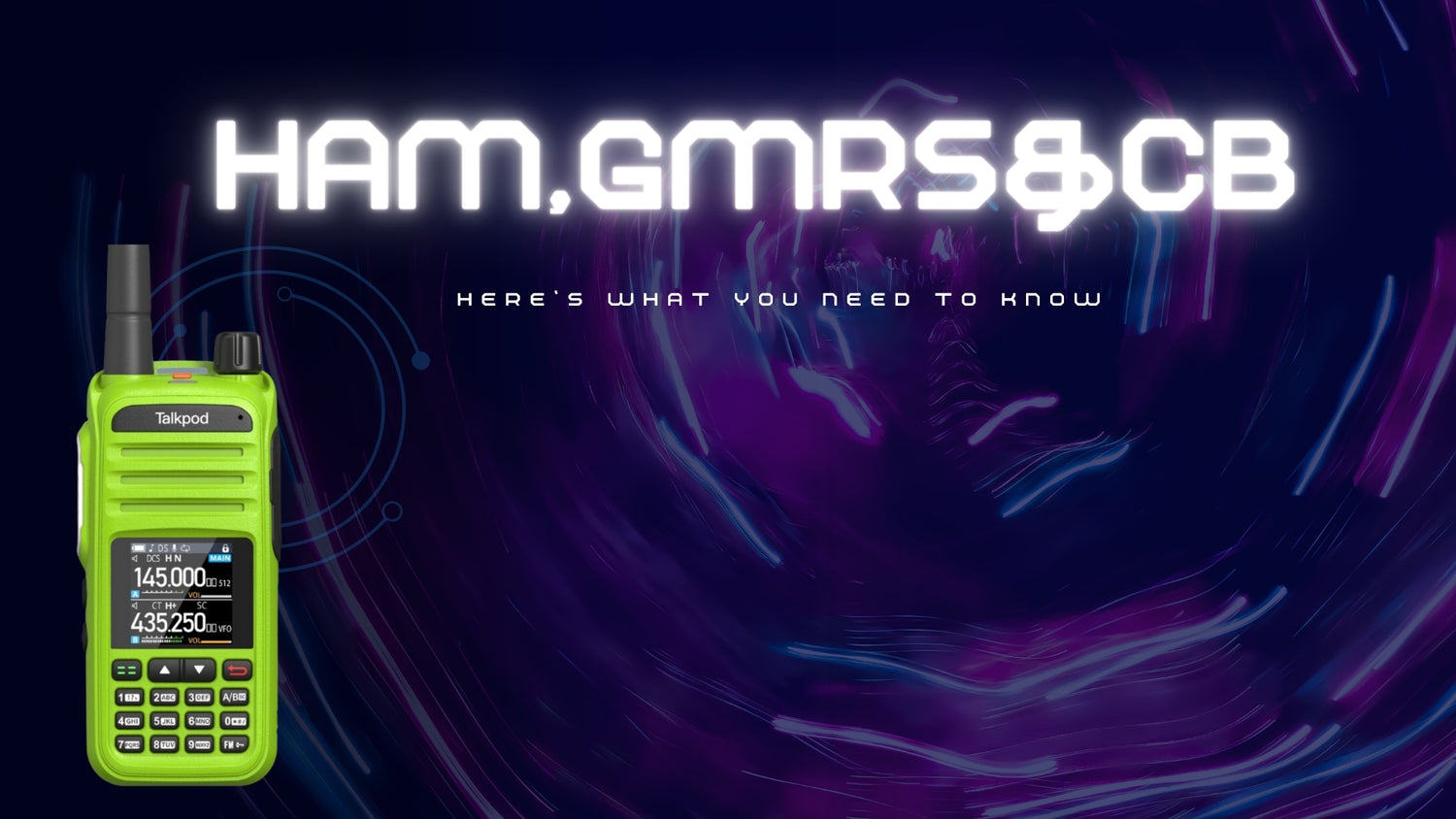

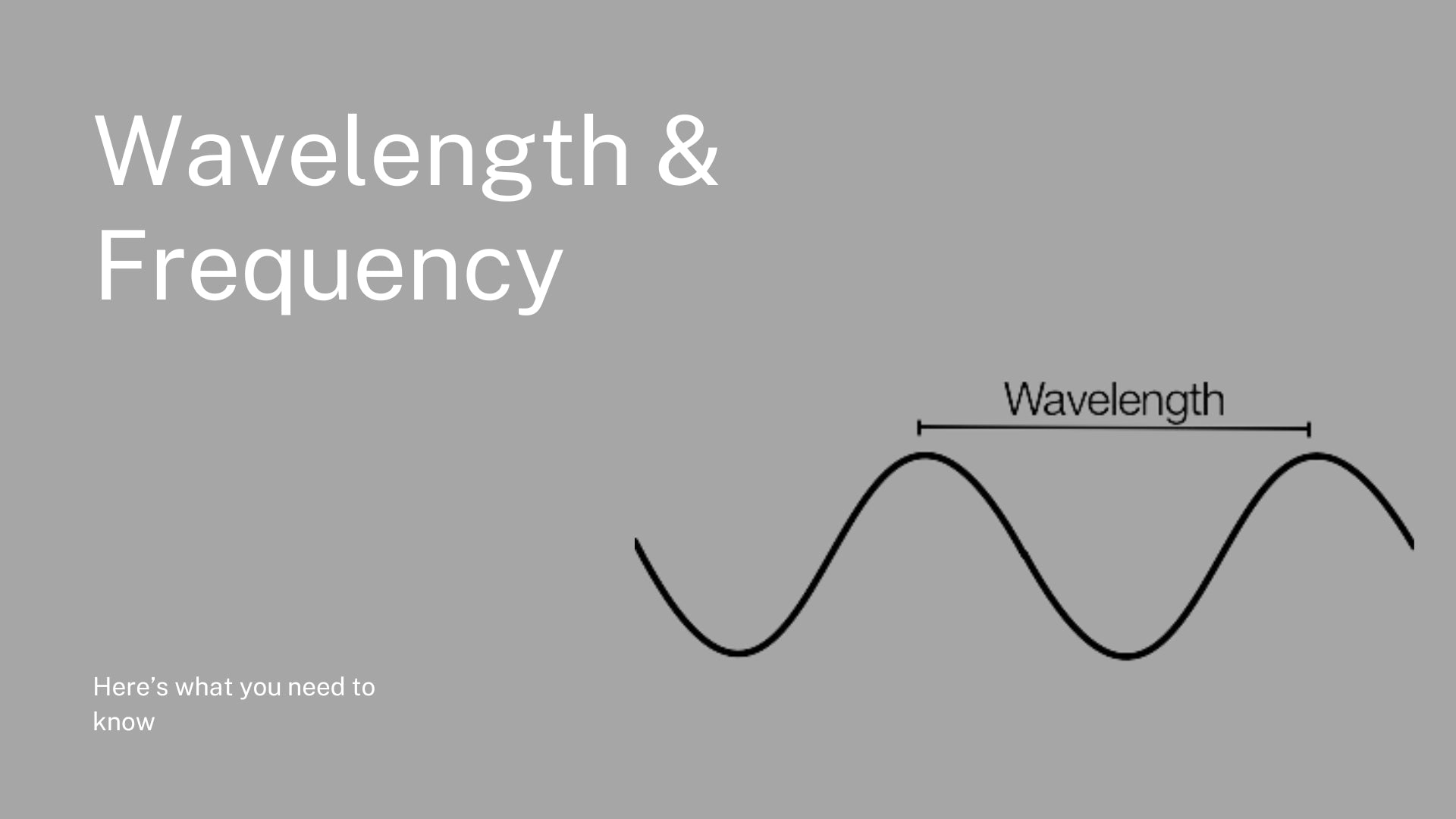
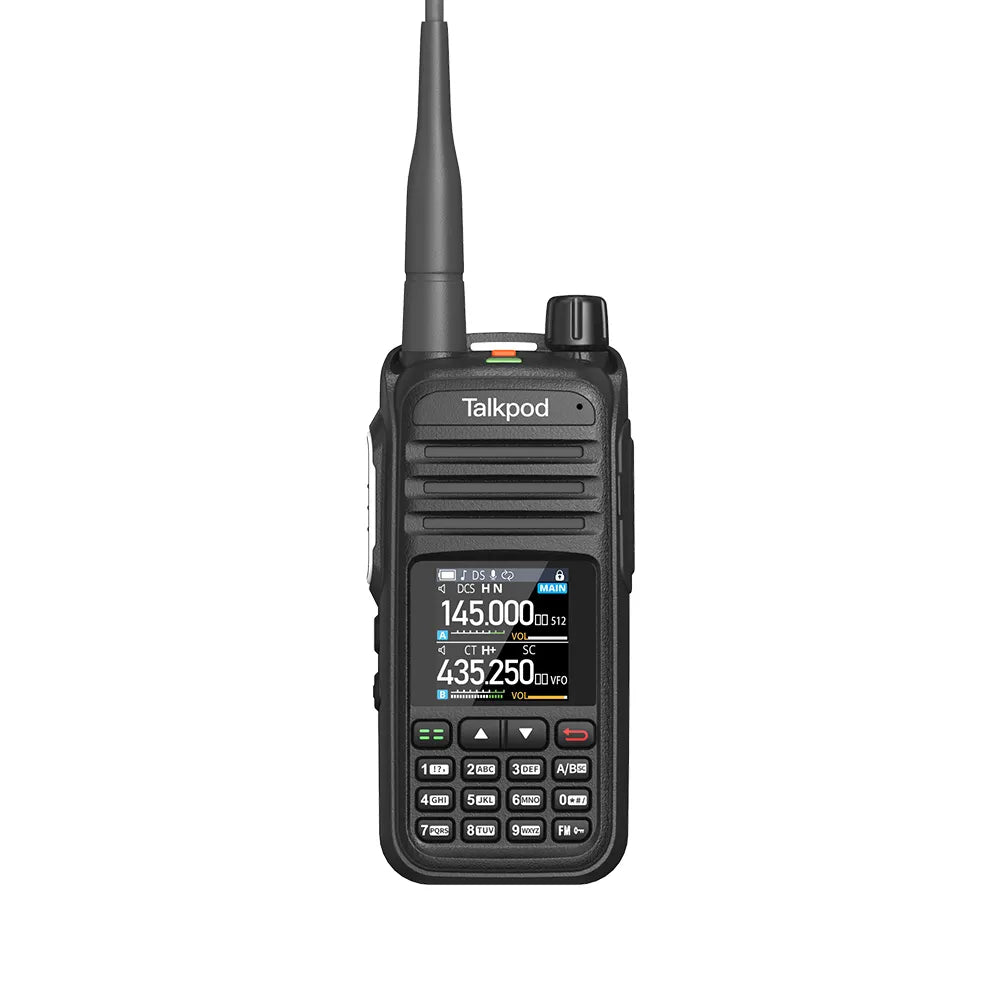
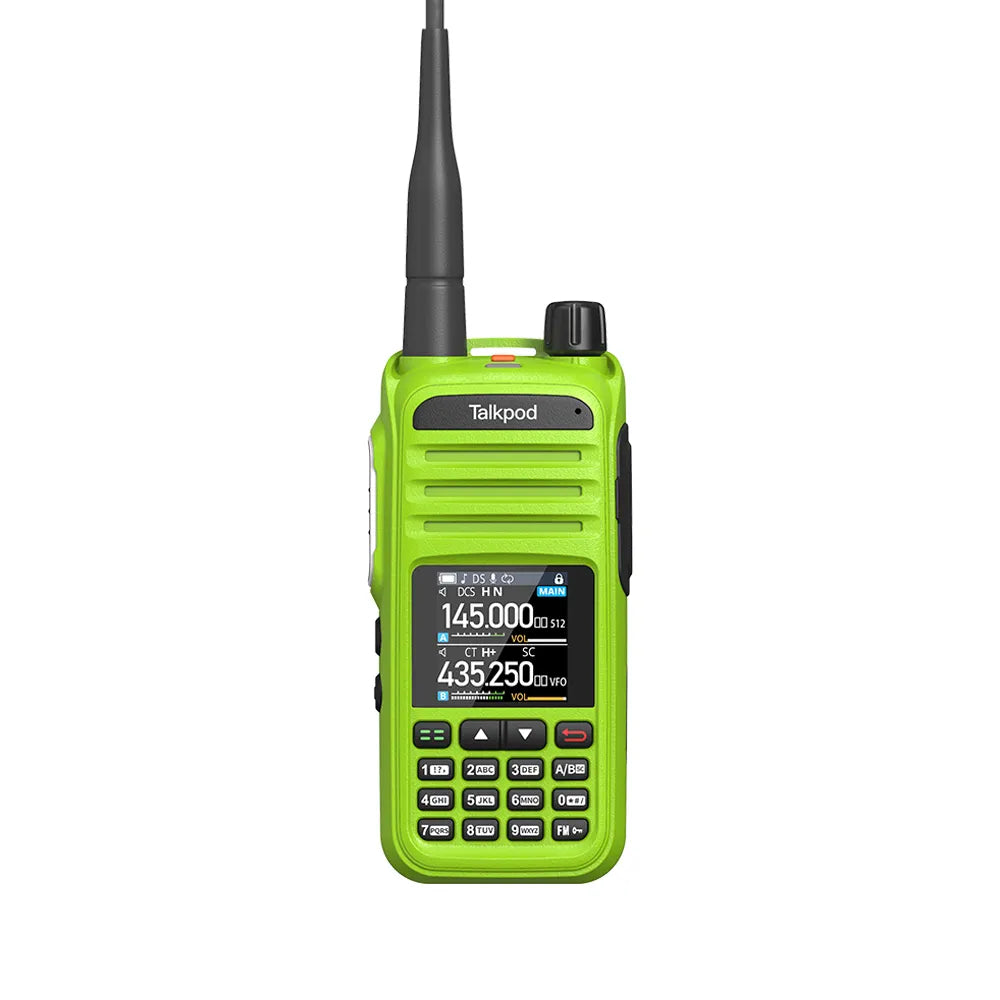
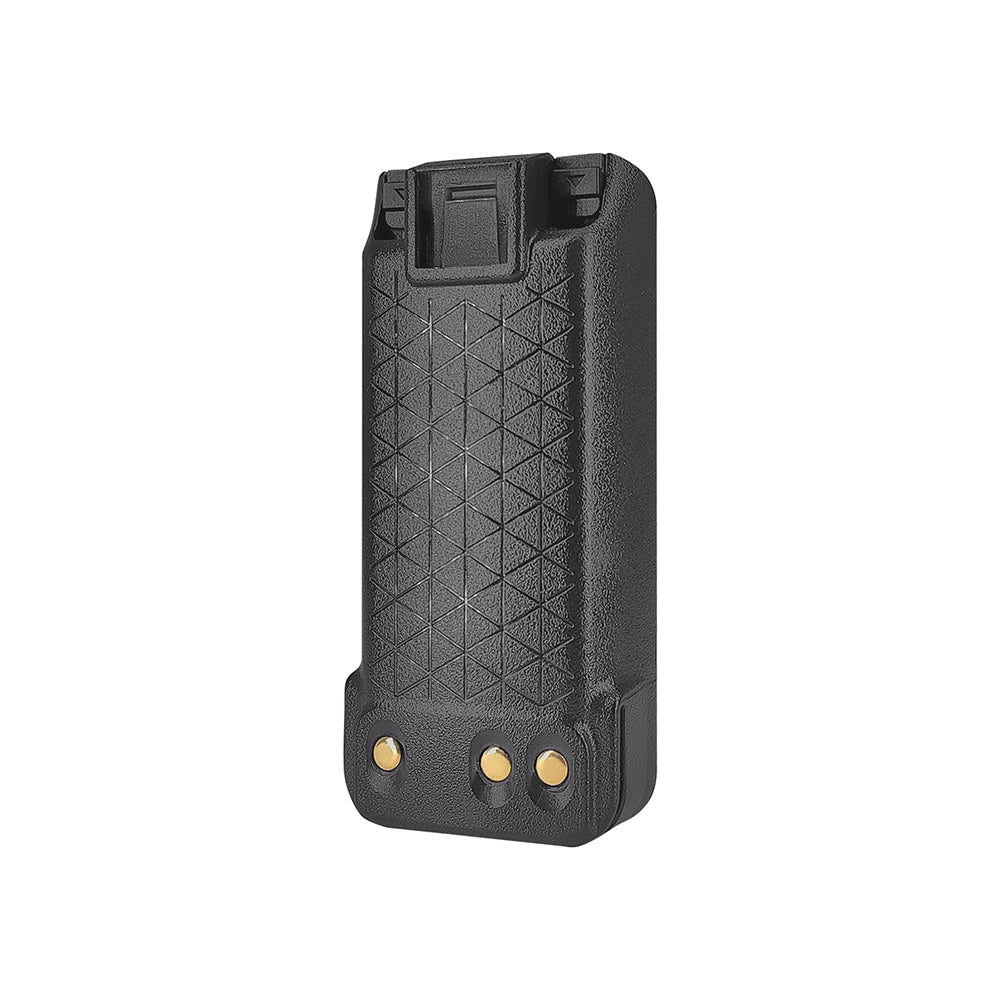
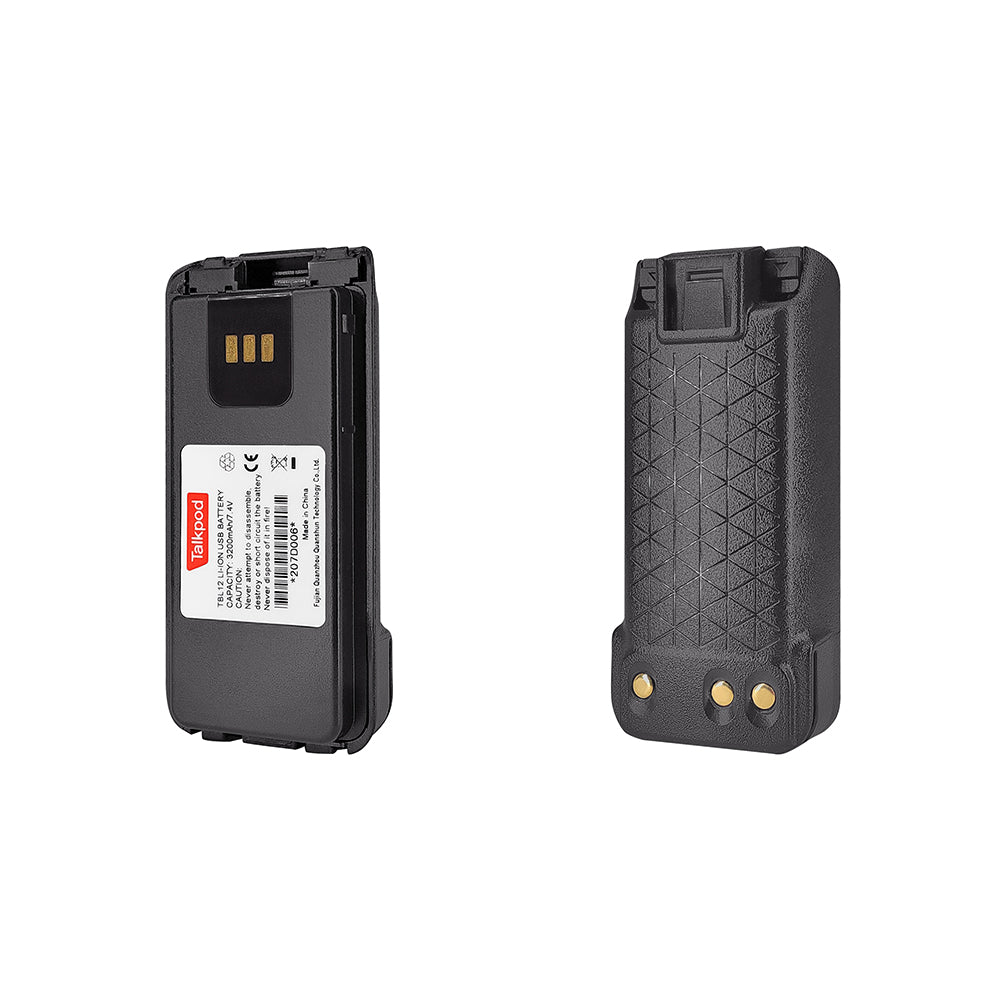
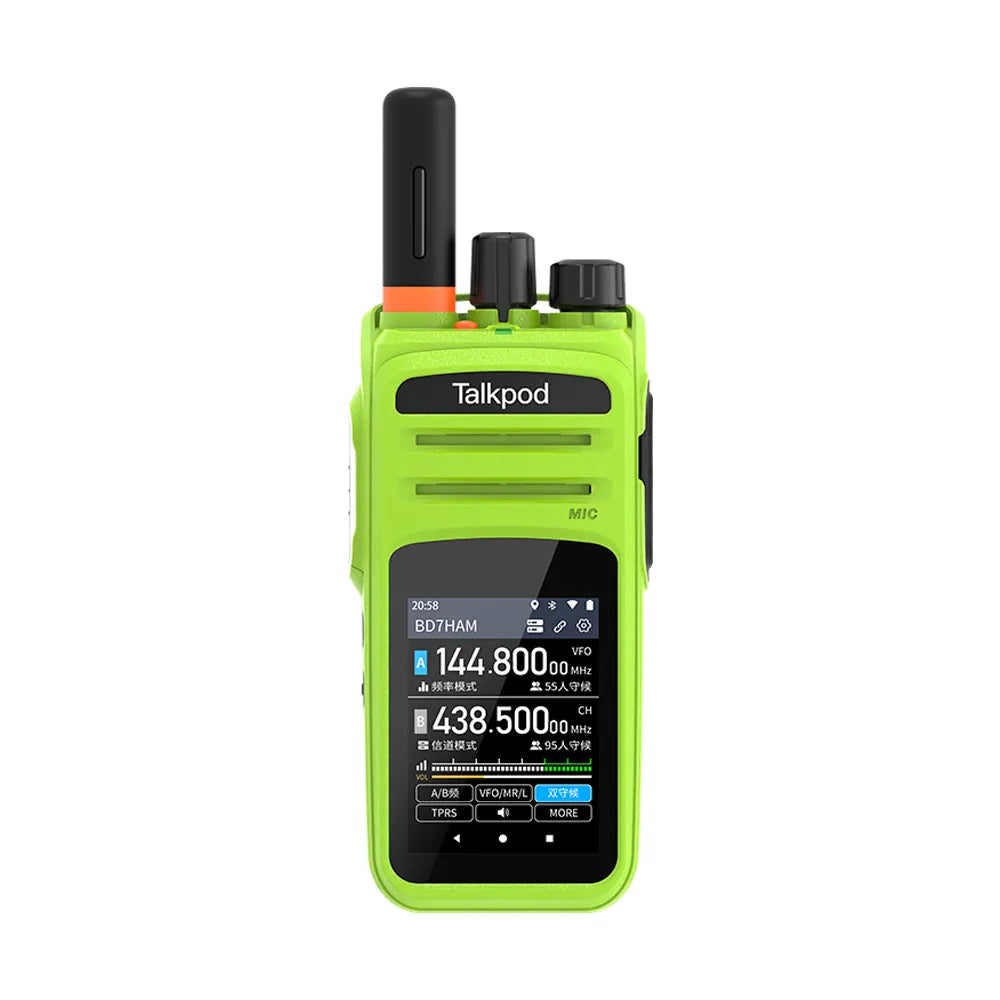
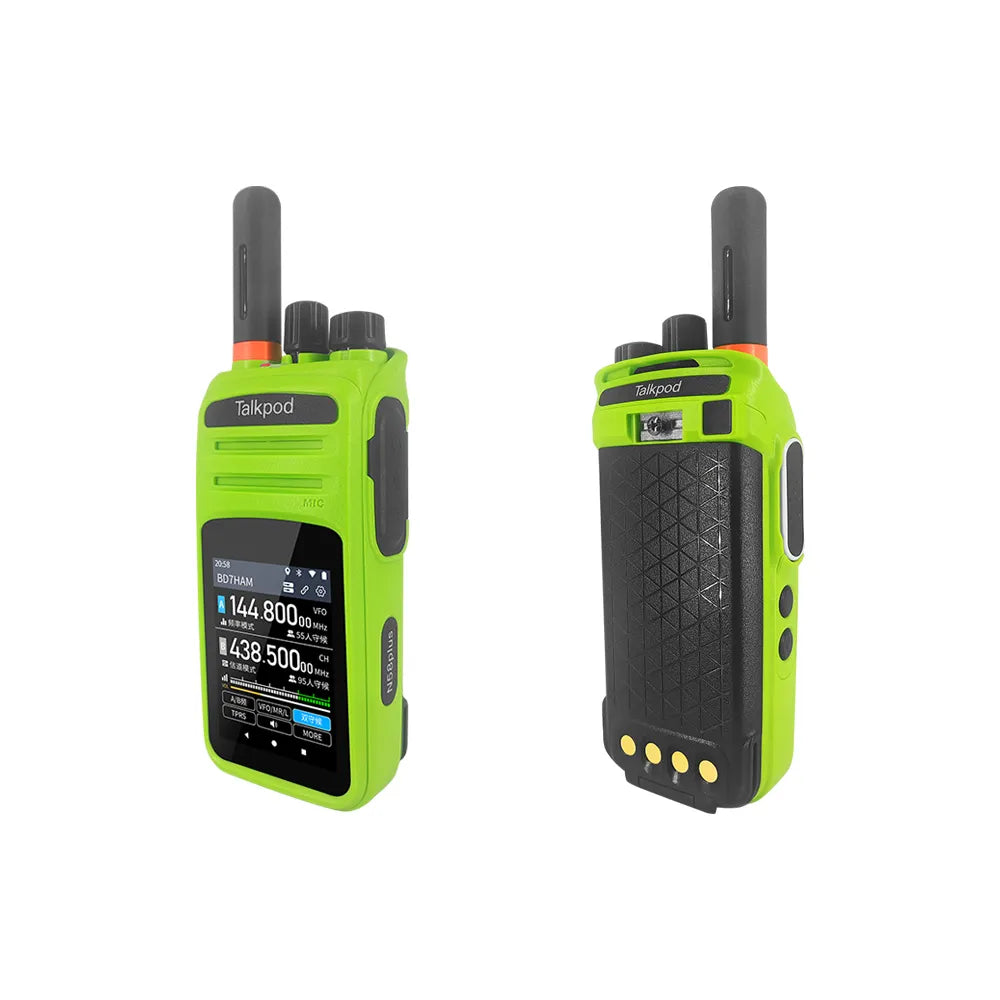
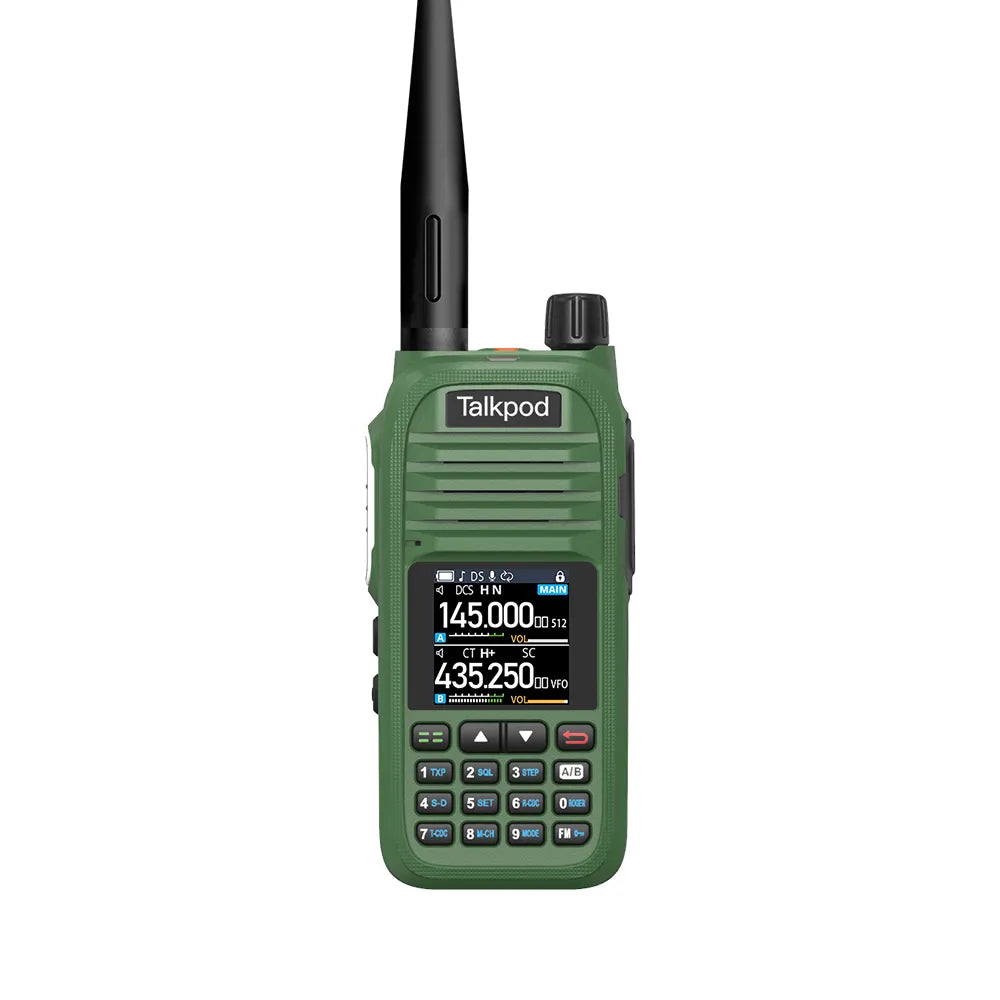
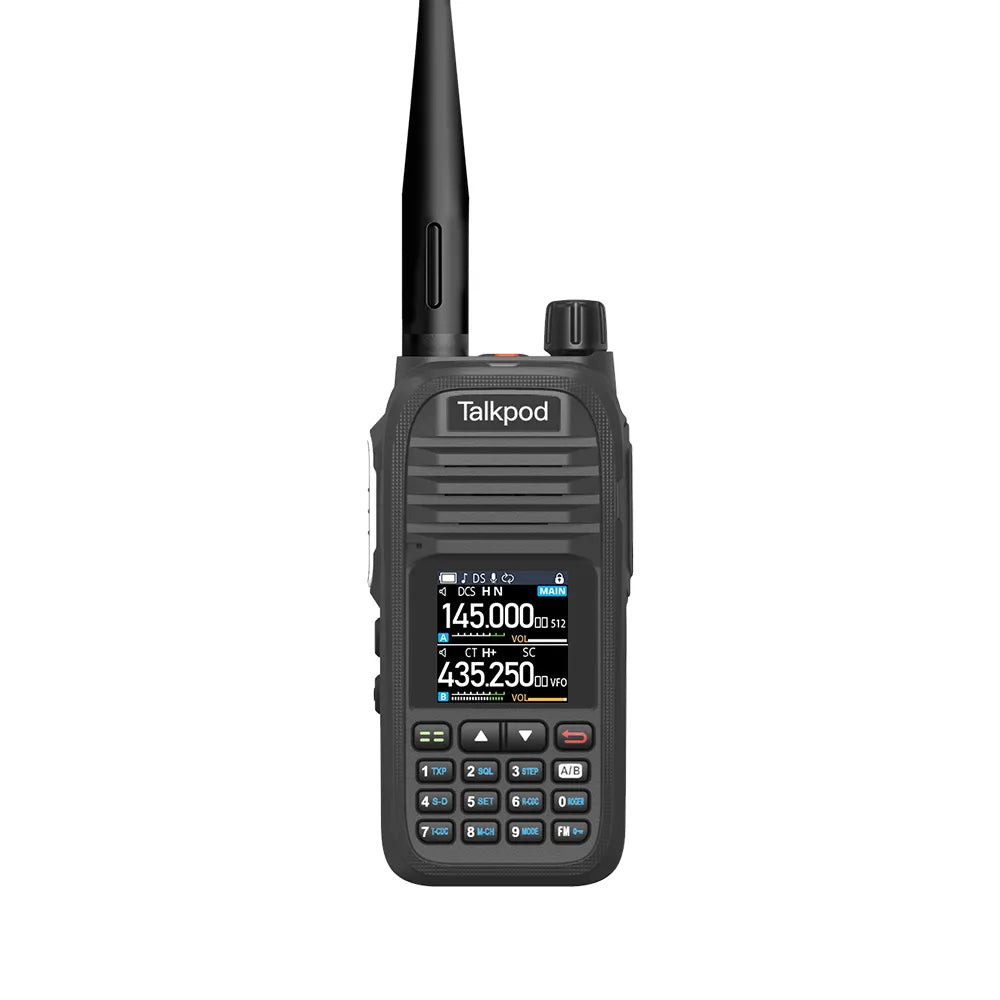
Leave a comment
All comments are moderated before being published.
This site is protected by hCaptcha and the hCaptcha Privacy Policy and Terms of Service apply.